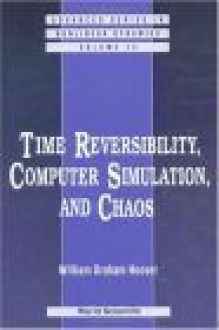A small army of physicists, chemists, mathematicians and engineers has joined forces to attack a classic problem, the "reversability paradox", with modern tools. This volume describes their work from the perspective of computer simulation, emphasizing the author's approach to the problem of...
show more
A small army of physicists, chemists, mathematicians and engineers has joined forces to attack a classic problem, the "reversability paradox", with modern tools. This volume describes their work from the perspective of computer simulation, emphasizing the author's approach to the problem of understanding the compatibility, and even inevitability, of the irreversible second law of thermodynamics with an underlying time-reversibility mechanics. Clear illustration of the concepts is emphasized throu..ghout, and reinforced with a glossary of technical terms from the specialized fields which have been combined here to focus on a common theme. The book begins with a discussion contrasting the idealized reversibility of basic physics and the pragmatic irreversibility of real life. Computer models, and simulation, are next discussed and illustrated. Simulations provide the means to assimilate concepts through worked-out examples. Analyses, from the point-of-view of dynamical systems, are applied to many-body examples from nonequilibrium molecular dynamics and to chaotic irreversible flows from finite-difference, finite-element, and particle-based continuum simulators. Two necessary concepts from dynamical-systems theory -fractals and Lyapunov instability - are fundamental to the approach.
show less

